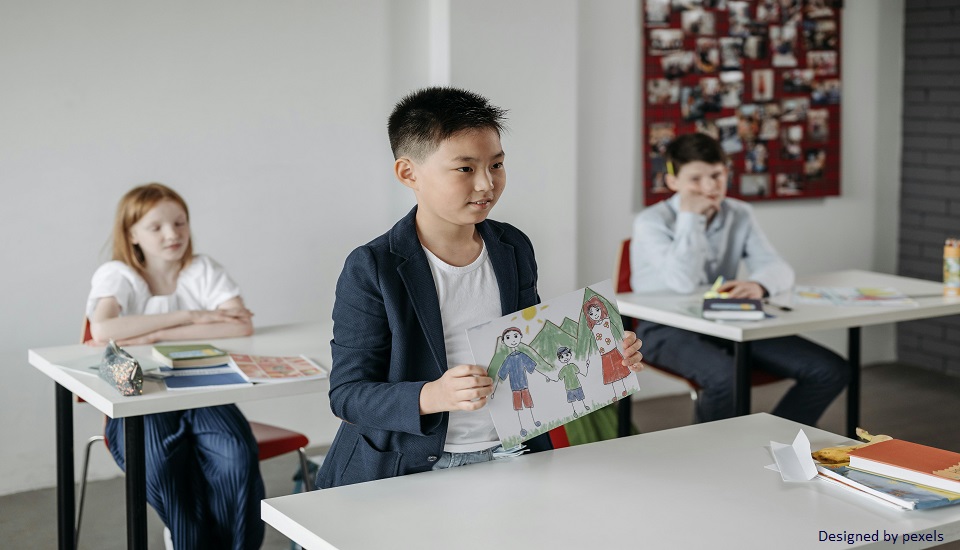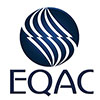Every teacher dreams of nurturing students who are not only curious but also aware of how they learn. Children who pause to think, ‘What strategy helps me understand this best?’ or ‘How can I fix this mistake?’ are doing something remarkable — they’re practicing metacognition, the ability to reflect on one’s own thinking.
While it might sound like a complex skill reserved for older learners, the truth is that metacognition begins early. Even young children can be guided to notice their thought processes, evaluate what works for them, and make small adjustments. It gives them agency — the power to take ownership of their growth, rather than simply following instructions. Enrolling in a nursery teacher training course in Kolkata can equip educators with the tools and strategies to foster this vital skill early on — empowering students to not just learn, but to truly understand how they learn.
What Exactly Is Metacognition?
Metacognition is often described as ‘thinking about thinking.’ But in educational practice, it’s more than a philosophical idea — it’s a concrete skill set that enables learners to plan, monitor, and evaluate how they learn.
In simple terms, metacognition has two key components.
- Metacognitive Knowledge
Understanding one’s own learning preferences, strengths, and strategies. For instance, a child might realize, ‘I remember words better when I write them down,’ or ‘I get confused when I rush through reading.’
- Metacognitive Regulation
Using that awareness to plan, track progress, and change tactics when something isn't working.
When students develop both, they stop being passive recipients of information. Instead, they become active participants in their learning journey. They learn to ask: What’s my goal? What’s my plan? How will I know if this worked?
Metacognition is closely tied to executive functioning — the mental processes that help with planning, attention, and problem-solving. Children who can think about their own thinking tend to approach challenges with a mindset of curiosity rather than frustration. When they hit a roadblock, they can pause, reflect, and try again — a skill that builds confidence and resilience far beyond academics.
Why It Matters for Young Learners
Teaching metacognition to young learners might seem ambitious, but research shows that even early elementary students can develop it through modeling and guided reflection. This early foundation has profound benefits.
First, it cultivates independence. When children understand how they learn best, they don’t rely solely on teacher instructions; they start to manage their own progress. A second benefit is self-regulation. Students who plan and monitor their learning are better equipped to handle frustration, manage their time, and persist through difficult tasks.
Metacognitive learners also transfer knowledge more effectively. Once a child realizes that rereading or summarizing helps them remember stories, they’re more likely to use the same strategy in science or math. Over time, this ability to generalize learning strategies turns them into adaptive thinkers — capable of navigating new challenges with confidence.
How to Foster Metacognition in the Classroom
Practical strategies teachers can use to help students reflect, plan, take ownership of their learning, and enhance metacognitive skills:
- Model Thinking Aloud
Children learn metacognitive strategies best when they see them in action. Teachers can model their thought process during reading, problem-solving, or project work. When educators make their internal thinking visible, they normalize struggle and curiosity.
- Use Reflective Prompts And Questions
Teachers can help students build metacognitive awareness by using reflective prompts and questions as part of everyday classroom routines. Before starting an activity, they can encourage learners to pause and think: “What’s my plan for this task?” or “What strategy will help me most?” These simple yet powerful questions guide students to structure their thinking, evaluate their process, and gradually internalize the habit of meaningful reflection.
- Encourage Metacognitive Journaling Or Thinking Logs
After a task, invite students to draw or write about their learning process: what was easy, what was hard, what strategy helped. For younger learners, this might be as simple as smiley faces or color-coded reflections; for older ones, short written responses. These reflections make learning visible — to both students and teachers.
- Pause For Thinking Breaks
In long lessons, schedule one-minute check-ins: “Let’s stop and ask ourselves — is this strategy working? Should we change anything?” These quick pauses strengthen students’ self-monitoring skills and give them space to adjust before frustration builds.
- Celebrate Strategic Thinking, Not Just Right Answers
Praise comments like ‘I tried drawing a picture to help me understand’ as much as correct answers. When students see that effort and strategy are valued, they begin to take pride in their thinking process, not just their grades.
Bottom Line
Metacognition is far more than an educational trend — it’s a mindset that reshapes classrooms into spaces of curiosity, reflection, and genuine growth. When teachers guide young learners to think about how they learn, they’re not just improving academic performance; they’re nurturing independence, confidence, and problem-solving skills that last a lifetime.
An online nursery teacher training course in Kolkata can help educators master these reflective practices and integrate them into early learning environments. By developing metacognitive habits from the start, teachers equip children with tools to adapt, self-correct, and keep learning even when challenges arise. The goal is not perfection but awareness — helping students realize that learning is a journey of understanding, not memorization.
Written By : Abhishek















